Transforming a garage into a functional and inviting space often involves installing drywall, a fundamental step in achieving a polished and insulated interior. Whether you’re aiming to create a home gym, a workshop, or an additional living area, installing drywall in your garage lays the foundation for a more comfortable and versatile environment.
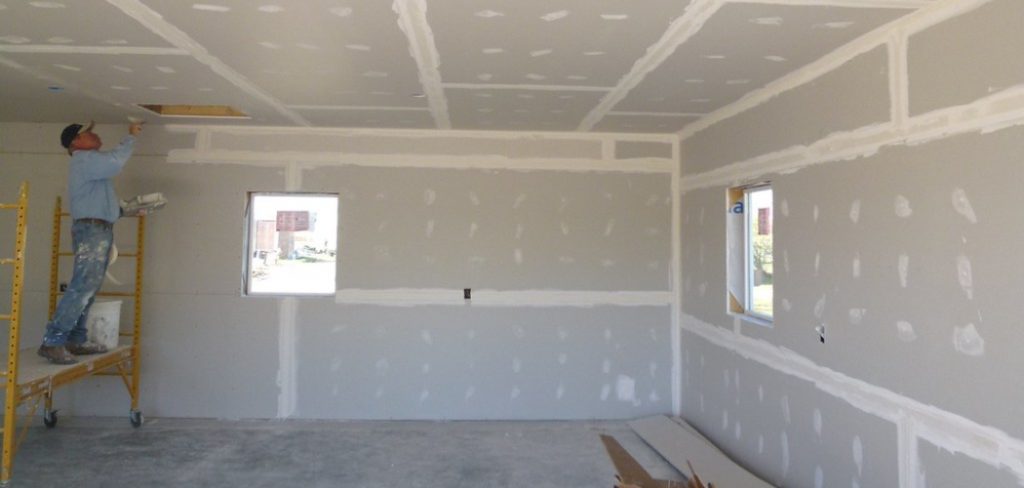
This article explores the essential process of how to install drywall in garage, offering insights into preparation, techniques, and considerations that ensure a successful and professional outcome.
From assessing the space to selecting the right materials and mastering the installation process, understanding how to effectively install drywall empowers you to enhance your garage space’s aesthetics, insulation, and usability, turning it into an extension of your home that meets your specific needs and aspirations.
Benefits of Installing Drywall in a Garage
Installing drywall in a garage can be an excellent way to protect your possessions and enhance the overall look and feel of your space. Drywall is also more affordable than other finishing materials, making it a great choice for DIYers looking to save on their project costs.
Some key benefits of installing drywall in a garage include increased soundproofing capabilities, improved fire resistance, and extra insulation. With drywall in place, you can enjoy a quieter space without the sound of outside noise coming through.
Additionally, drywall can act between a garage and the rest of your home as an effective barrier for fire safety. Furthermore, by providing additional insulation to your garage walls, installing drywall can help keep temperatures regulated during extreme weather.
Tools and Materials
Here is a list of the tools you will need to install drywall in your garage:
- Drywall sheets
- Tape measure
- Utility knife
- Drywall saw
- Drywall screw gun
- Screws
- Drywall tape
- Drywall compound
- Taping knife
- Sandpaper
- Safety glasses
- Work gloves
Transforming the Garage into a Functional and Organized Space
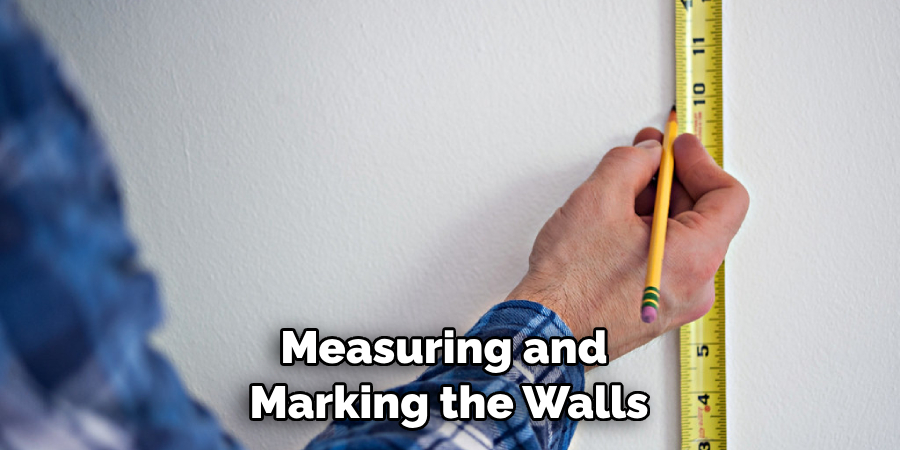
Installing drywall in the garage is an easy way to instantly upgrade your space. Not only can it give your garage a fresh and modern look, but it also allows you to store items off the floor and keep clutter away. However, before you start the installation process, there are several considerations to think about.
First and foremost, installing drywall requires some basic carpentry skills and tools such as a drill or screwdriver. Additionally, it is important to calculate the cost of materials beforehand so that you can stay on budget.
Once you have all of your supplies ready to go, you can start the installation process. Begin by measuring and marking the walls to determine where each piece of drywall will fit before cutting them with a utility knife. After that, insert long screws into the wood studs and drive them in using an electric drill. Finally, cover any seams with joint compound, tape, and mud and then paint it for a clean finish.
10 Steps How to Install Drywall in Garage
1. Preliminary Assessment: A Blueprint for Success
Commence your project by conducting a thorough assessment of the garage space. Measure the dimensions of the walls and ceiling, considering any doors, windows, or architectural nuances that need special attention. Accurate measurements serve as the foundation for estimating the quantity of drywall needed and planning the layout.
2. Comprehensive Material Collection: The Toolbox of Excellence
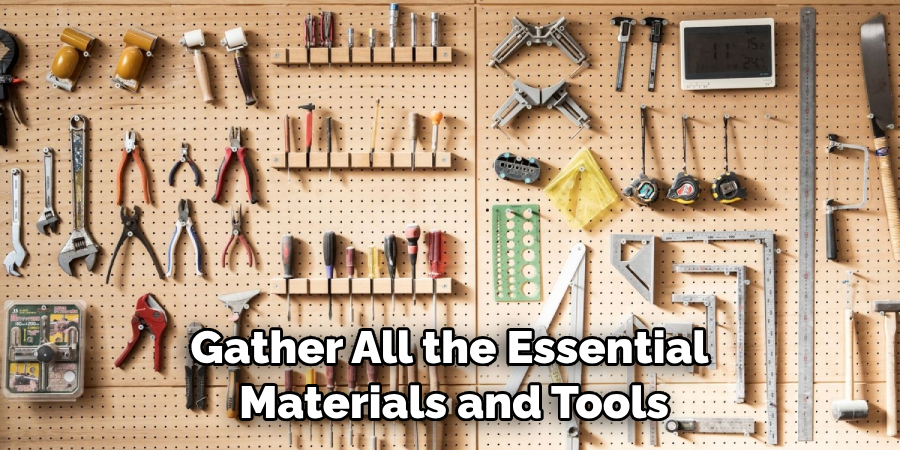
Gather all the essential materials and tools before embarking on the installation journey. This includes drywall sheets, screws, joint compound, drywall tape, a utility knife, a T-square, a tape measure, a drill with a screwdriver attachment, a drywall saw, and safety gear like goggles, gloves, and a dust mask. A well-prepared arsenal ensures efficiency and precision throughout the process.
3. Clearing the Canvas: Blank Slates for Transformation
Prepare the garage space by removing any obstacles that could hinder the installation process. Clear out shelving, tools, and other items to create an unobstructed work area. Additionally, thoroughly clean the walls and ceiling, ensuring they’re free from dust, debris, and grease that could compromise the adhesion of the drywall.
4. Establishing a Solid Foundation: Furring Strips Installation
To address uneven walls or irregularities, consider installing furring strips. These wooden strips create a level and consistent surface for attaching the drywall. Secure the furring strips to the studs using screws, meticulously aligning them to maintain a level plane that will facilitate a seamless drywall installation.
5. Precision Cuts and Hangs: Laying the First Layers
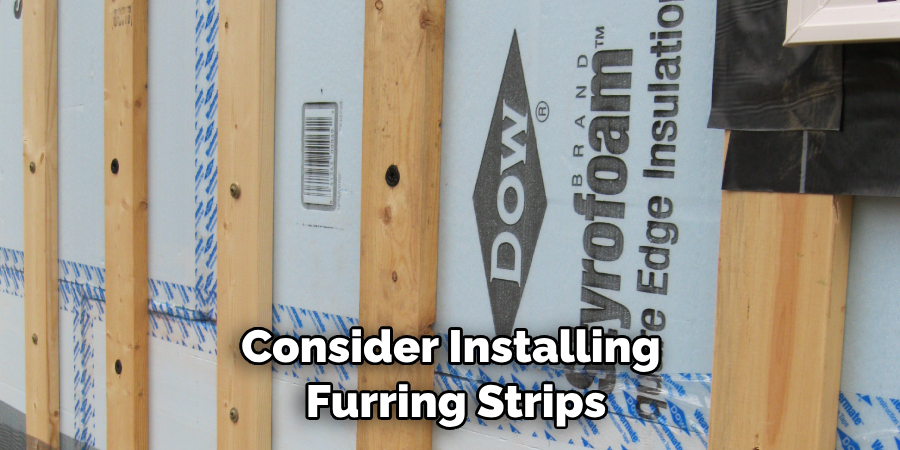
Accurately cutting and hanging the drywall sheets is a pivotal step. Begin with the ceiling, followed by the walls. Use a T-square and a utility knife to create clean and precise cuts. Enlist the assistance of a partner to hold the drywall in place as you secure it to the furring strips or studs using the drill and screwdriver attachment.
6. Sealing and Seamlessness: Tape and Mud Application
Apply drywall tape over the joints between the sheets to create a seamless transition. Mix the joint compound according to the manufacturer’s instructions and meticulously apply a thin layer over the taped joints using a drywall knife. Allow the compound to dry thoroughly before progressing to the next step.
7. Gradual Perfection: Progressive Layers of Joint Compound
To achieve a flawless finish, apply multiple layers of joint compound, known as mud. Begin with wider layers and gradually transition to narrower coats, feathering the edges to seamlessly blend the joint compound with the drywall surface. Sand each layer once it’s dry to create an impeccably smooth and even canvas.
8. Preparing for Aesthetics: Sanding and Priming
Once the final layer of joint compound is dry and immaculate, embark on the sanding process to eliminate imperfections and create a uniform texture. Employ a damp cloth to wipe away any residual dust, and apply a primer to the drywall surface. Priming not only prepares the surface for paint but also enhances paint adhesion.
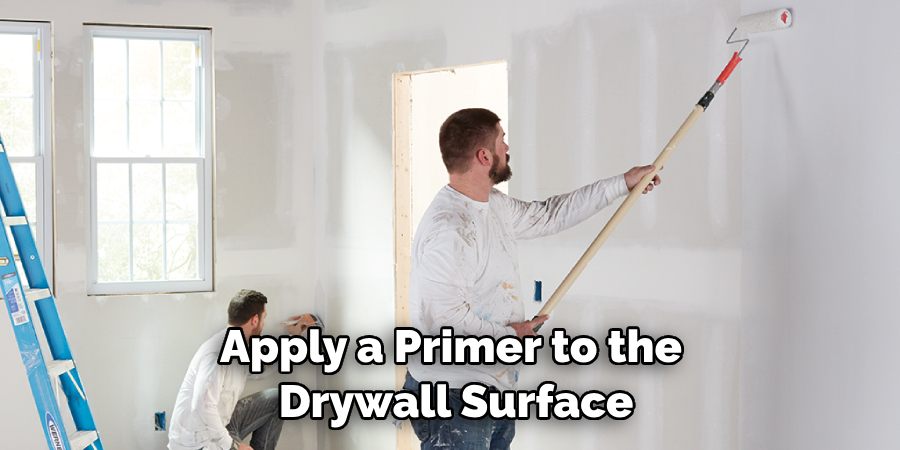
9. Reinforcing Structure: Corner Beads Installation
For the external corners of the walls, install metal or plastic corner beads. These beads reinforce the corners, providing a straight edge that simplifies finishing. Ensure the corner beads are meticulously aligned and secure them using either drywall screws or adhesive.
10. The Finishing Flourish: Painting the Masterpiece
With the primer dry, the stage is set for the final transformation—painting. Select a paint color that resonates with the intended use of the space and aligns with your aesthetic preferences. Apply one or two coats of paint, allowing each coat to dry completely. Beyond aesthetics, painting provides an additional layer of protection to the drywall, contributing to its durability.
Drywall Panels Suitable for Your Garage’s Needs
When selecting drywall for your garage, it’s important to choose the right kind of material. While standard interior drywall can be used in a garage, there are other options that may be better suited for the job.
For example, if your garage is exposed to moisture or extreme temperatures, you might want to consider water-resistant gypsum board. This type of drywall is specially treated to resist moisture and has a lower water vapor permeability than standard drywall.
If your garage walls are prone to impacts, you may want to consider impact-resistant drywall. It’s designed to absorb and dissipate shock from nails, screws, and other items that make contact with the wall. Impact-resistant drywall is also thicker and heavier than standard drywall.
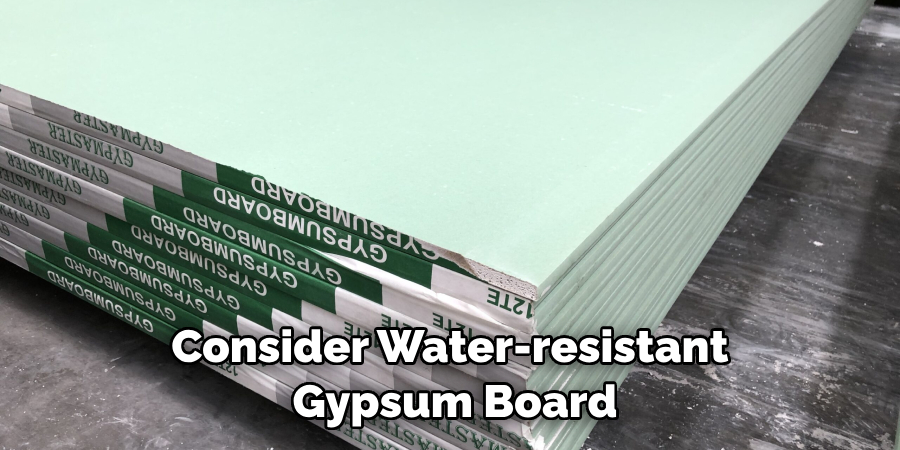
Finally, there’s fire-resistant drywall. This type of drywall is designed to protect against the spread of flames in case of a fire. It’s made with a higher percentage of gypsum and other compounds that help provide superior fire resistance when compared to other types of drywall.
Measuring and Planning
A. Measuring the Wall and Ceiling Dimensions Accurately
For any drywall installation project, it’s important to measure and plan before you begin. Measure the walls and ceiling of your garage and determine how much drywall you’ll need.
You should also make sure that your chosen drywall is suitable for a garage environment, as some types are not designed for moisture or temperature changes. Once you have determined the measurements and chosen the right drywall, you’re ready to start your installation.
B. Determining the Layout and Starting Point for Installation
Before beginning the installation process, you should determine the layout of your garage walls and plan where to begin. To do this, you’ll need to measure the entire width and height of each wall. You can transfer those measurements onto the drywall sheets before cutting them with a utility knife or circular saw.
It’s important to note that drywall in a garage should be installed on the ceiling first, followed by the walls. This will help you create even lines and an aesthetically-pleasing finish without any gaps or overlapping joints. If you’re using full sheets of drywall, start near the corner of each wall and work your way outwards. You can use shorter pieces to fill in smaller spaces near the edges.
Things to Consider When Installing Drywall in Garage
Installing drywall in the garage can be a great way to add some insulation and create a more comfortable space, but there are several factors to consider before beginning. Here are some of the key considerations when you’re ready to start installing drywall in your garage:
- Determine the size and type of drywall sheets needed for your project. The thickness of the drywall you choose will depend on what type of insulation you’re looking for and the size of your garage.
- Choose the right type of screws or nails for mounting the drywall. For heavier panels, self-tapping screws are usually best, but make sure to check with a local hardware store to be sure.
- Be sure to use a moisture-resistant tape or joint compound when sealing the seams between the drywall panels. This will help protect against mold and mildew growth in an area that is frequently exposed to humidity.
- Consider additional insulation for areas around windows or other openings to prevent drafts from entering your garage.
- Finally, be sure to give yourself plenty of time when installing drywall. Accurate measurements are essential, and taking the extra time to get everything just right will ensure a successful project.
Some Common Mistakes to Avoid When Installing Drywall in Garage
When installing drywall in the garage, it is important to be aware of any potential mistakes that can be made along the way. Here are some common errors to look out for:
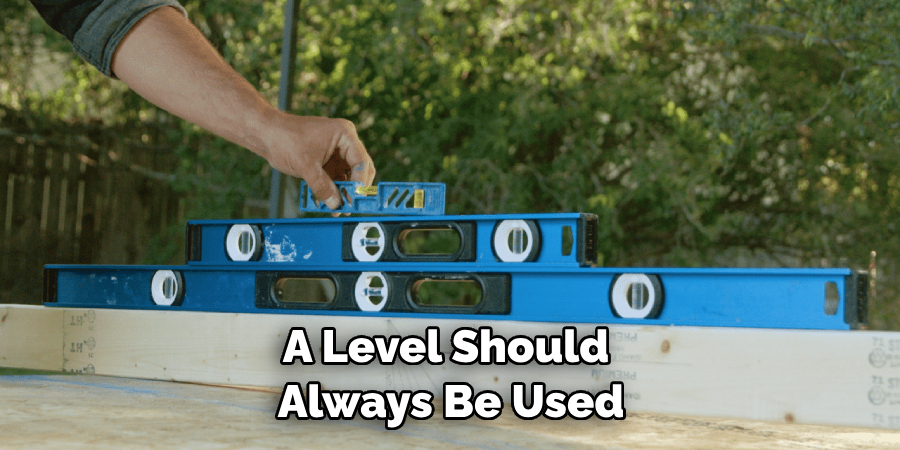
- Not Using a Level when Attaching the Drywall: A level should always be used when affixing the sheets of drywall on the walls and ceiling; otherwise, the drywall will be crooked and uneven.
- Not Measuring Properly: Before cutting the drywall, make sure to measure twice and cut once. This will ensure that the pieces are exactly how you want them to be, and they’ll fit perfectly in place when it comes time to attach them.
- Not Putting Enough Nails in the Drywall: When nailing the drywall, make sure to use enough nails—typically two at least 1 inch apart on each side.
- Not Filling Screw Holes and Joints Properly: After attaching the drywall sheets with screws, you’ll need to fill the screw holes and joints with joint compound. This will help create a smooth surface that is ready to paint.
- Not Cleaning Up the Mess: Finally, make sure to clean up any mess created by cutting and attaching the drywall. This will help prevent dust and other debris from getting in your way as you work on other aspects of the project.
Conclusion
Installing drywall in your garage is easily achievable with the right tools and materials. With the steps outlined in this blog post, you can now feel confident in properly installing drywall in your garage on your own.
It may take a bit of patience and elbow-grease, but completing the task will give you an immense feeling of accomplishment. Plus, a well-finished wall with proper insulation will make setting up your garage workspace even easier.
So go ahead – get started on hanging items or tools securely on that wall – and let yourself be proud of the professional job you’ve accomplished! Remember, when it comes to How To Install Drywall In Garage, nothing beats having a knowledgeable and patient approach to get the job done right.
You can check it out also : Attach Wood to Drywall

